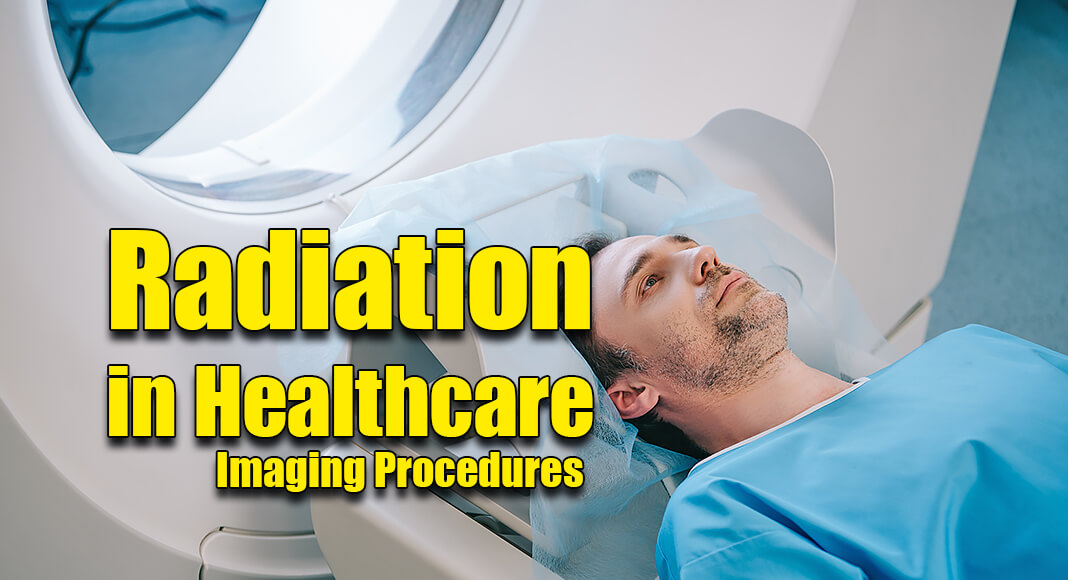
Mega Doctor News
Ionizing radiation is used in healthcare procedures to help providers find causes of symptoms (diagnostics) and to manage or treat health conditions. Although we all are exposed to ionizing radiation every day, any added exposures, including from imaging procedures, slightly increases the risk of developing cancer later in life. Usually, the benefits of diagnosing or treating a health problem with an imaging procedure will outweigh these risks. Learn about the risks and benefits of common medical imaging procedures. Talk to your healthcare provider about the specific risks and benefits of a recommended test for your situation and how to limit your exposure to radiation.
How Imaging Procedures Work
Most people have had one or more medical imaging tests. Medical imaging procedures deliver x-ray beams, a form of ionizing radiation, to a specific part of the body creating a digital image or film that shows the structures inside that area like bones, tissues, and organs. Nuclear medicine procedures use radioactive material inside the body to see how organs or tissue are functioning (for diagnosis) or to target and destroy damaged or diseased organs or tissue (for treatment).
Healthcare providers can use these images for diagnostics, finding out what is causing your health problem, or sometimes to guide treatment.
The type of imaging procedure that your healthcare provider may suggest will depend on your health concern and the part of the body that is being examined. Some common examples of imaging tests include:
Benefits and Risks of Medical Imaging with Radiation
Benefits
- Gives healthcare providers a better view of organs, blood vessels, tissues, and bones.
- Provides detailed information to help decide whether surgery is a good treatment option.
- Can be used to guide medical procedures to place catheters, stents, or other devices inside the body (fluoroscopy, a type of imaging).
Risks
- Each procedure contributes to a slight increase in the likelihood that you could develop cancer later in life.
- Some imaging procedures require you to drink or receive an intravenous (IV) contrast dye. Some people can have an allergic reaction to the dye.
- Fluoroscopy for guiding surgery uses higher doses of radiation than other imaging procedures and may cause skin reddening and hair loss.
If You are Pregnant or May be Pregnant
Always tell your healthcare provider and radiologist (a medical professional certified to conduct imaging studies with radiation) if you are pregnant or think you could be pregnant. If there is any chance you could be pregnant but have not confirmed it, they may ask you to take a pregnancy test. If you are pregnant, your healthcare provider may decide that it would be best to cancel the medical imaging procedure, to postpone it until after you give birth, or to modify it to reduce your exposure to radiation. In many cases, the risk of an imaging procedure to a pregnant woman and the unborn child is very small compared to the benefit of finding out about a medical concern.
If Your Child Needs an Imaging Procedure
Although radiation exposure from imaging is very low, children are slightly more likely to be affected by radiation than adults. Being exposed to radiation at a young age means that they have more time for radiation exposures to add up and possibly cause cancer. It is important that imaging procedures performed on children use the least amount of radiation needed. Along with the steps listed below, you can also make sure your child is being tested in a facility that lowers radiation doses when examining children, adjusted for size and age of the child.
How to Limit Exposure
Medical imaging tests should be performed only when necessary. Radiologists, medical professionals specially trained in radiation procedures, use the lowest amount of radiation needed and these doses are further reduced for children. It is important to tell your healthcare provider and radiologist if you are pregnant or think you could be pregnant.
The best way to make sure you are not getting more exposure to radiation than necessary from imaging studies is to keep track of imaging procedures and make sure each healthcare provider or specialist you see receives your results. You could also ask your healthcare provider if tests that do not use radiation, like MRIs or ultrasounds, could provide the needed information.
Please visit CDC’s Radiation and Your Health website for more information.
Information Source: CDC











